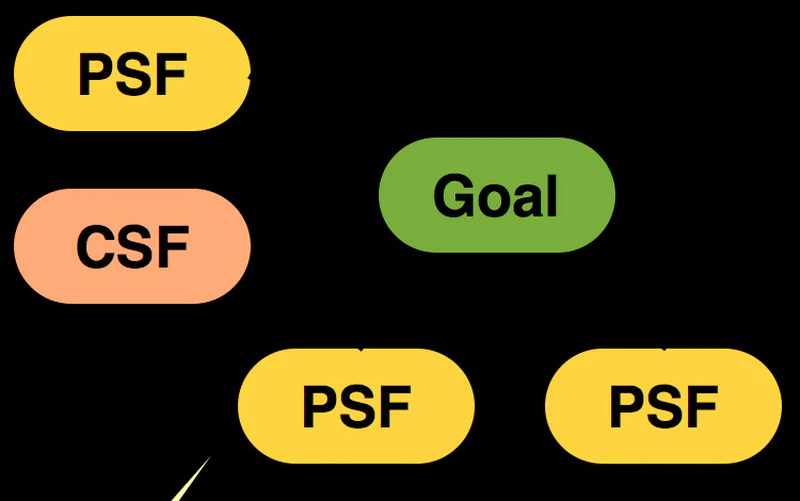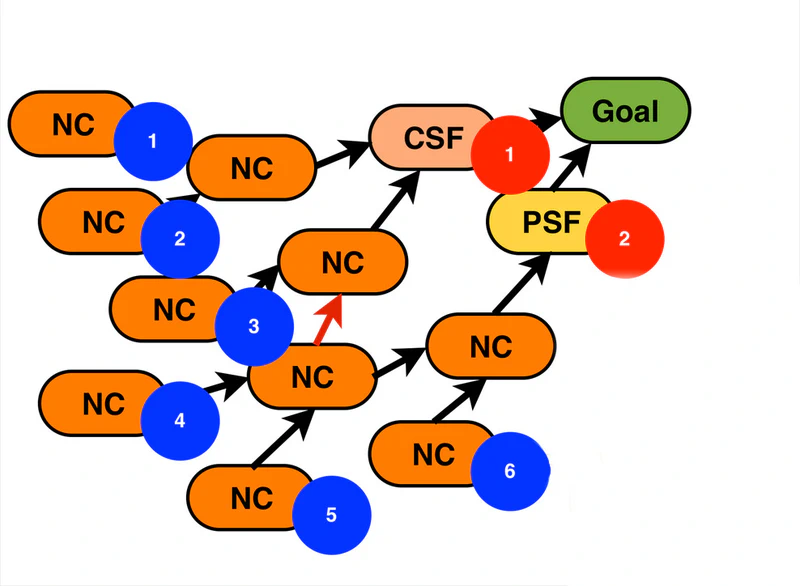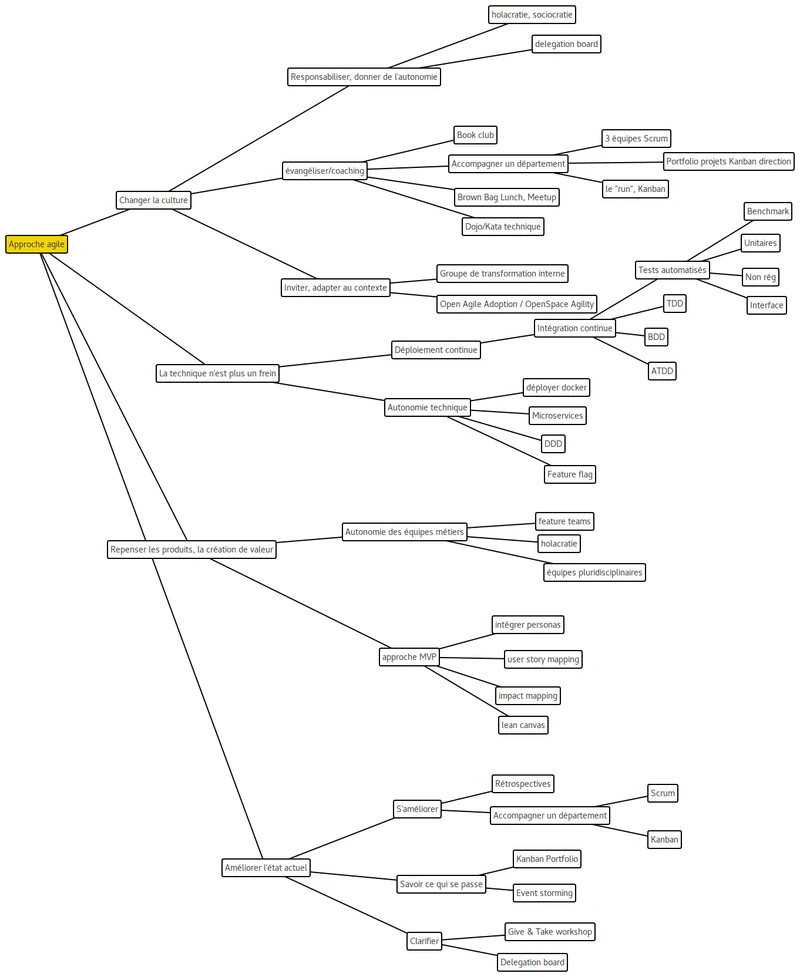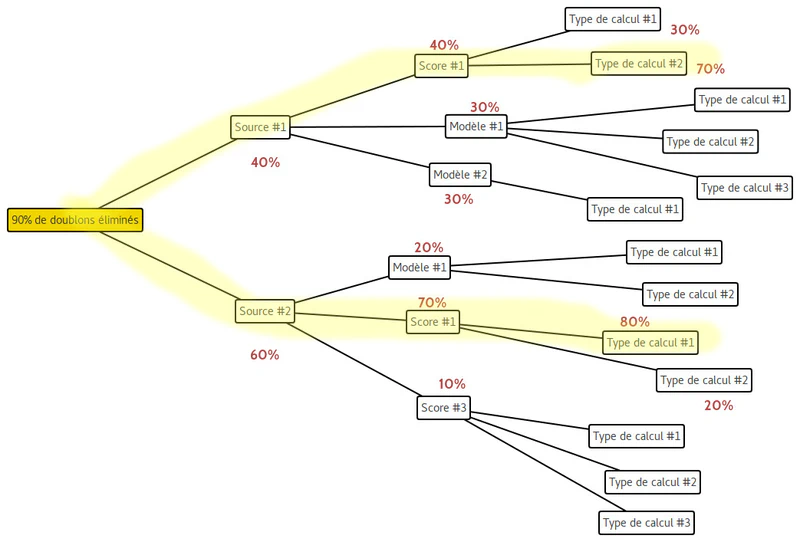This article is the continuation of the one on strategy mapping, it tries to present some alternative ways of thinking about your mind maps on your strategy.
I was able to speak insistently about story maps, about action plan mapping, their effective visual perspective, an action field that is auditory, visual, as well as kinesthetic, a carefully thought-out sequencing to establish relief in thinking as well as in the flow. For strategy mapping, especially known in the form of impact mapping, it’s the same. Same causes, same effects. Especially since a strategy map is a mindmap, a heuristic map, a mind map. That in itself is already an enriching approach.
An impact mapping is very product oriented, it comes from the Lean Startup world. Yet you rightly tell yourself that it would be effective to use the impact mapping approach for an approach other than product. Agile42 has proposed calling this a … strategy map, and I recommend reading this article: Agile Strategy Map explained.
The obstacle to using a classic impact mapping is often the WHO step. We would like to use a strategy map for our agile transformation, digital, etc. We would like to use a strategy map for our spatial data infrastructure, or our datascientist work. In that case it can be a shame to twist the impact mapping, better to free ourselves from its constraints.
It’s more about clarifying an approach than measuring a product strategy! that’s why the WHO is awkward. But the interest remains the same: give relief to your approach to quickly measure its progress and thus your strategy.
The Agile42 strategy map

The Agile42 strategy map (Agile Strategy Map explained) initially proposes to define as usual an objective they call strategic. Then to think about possible success criteria to achieve it (Possible Success Factor), and especially critical success criteria to achieve it (Critical Success Factor). This is therefore a two-level weighting (must have, should/could have).

Then they add a level or levels that contain necessary conditions to apply the success criteria. And naturally they prioritize to bring out the value paths in order to validate their hypotheses as early as possible.
Clarifying an approach: feel free
Personally I tend to mention: a strategic objective, levers to achieve it, success conditions, and finally ways to implement them. In question form as before: What is my strategic objective?, then What levers must I activate to achieve it?, what conditions are necessary to activate these levers? and finally How to implement these conditions?
It’s more about clarifying an approach than measuring a product strategy, I repeat.
Implementing an agile approach?
This could be an approach to implement an agile approach? We’ll need to weight: in fact we need to weight during the workshop to avoid digging into useless leads.
Click on the image to enlarge.

Supporting datascientists?
Another example: for datascientists we were able to propose: target/measurement then ideal sources/data then implementation. Here we weighted and two value paths to realize to validate our hypotheses emerged.
Click on the image to enlarge.

The map and the territory
What follows is probably to mention the Event Storming of the full-of- cheek Alberto Brandolini. Along with action plan mapping, and strategy mapping, it’s the third workshop I practice the most around mapping.
But don’t forget “the map is not the territory” (Alfred Korzybski), you work with hypotheses and the goal is to validate the most essential ones as early as possible in the Lean Startup mindset.